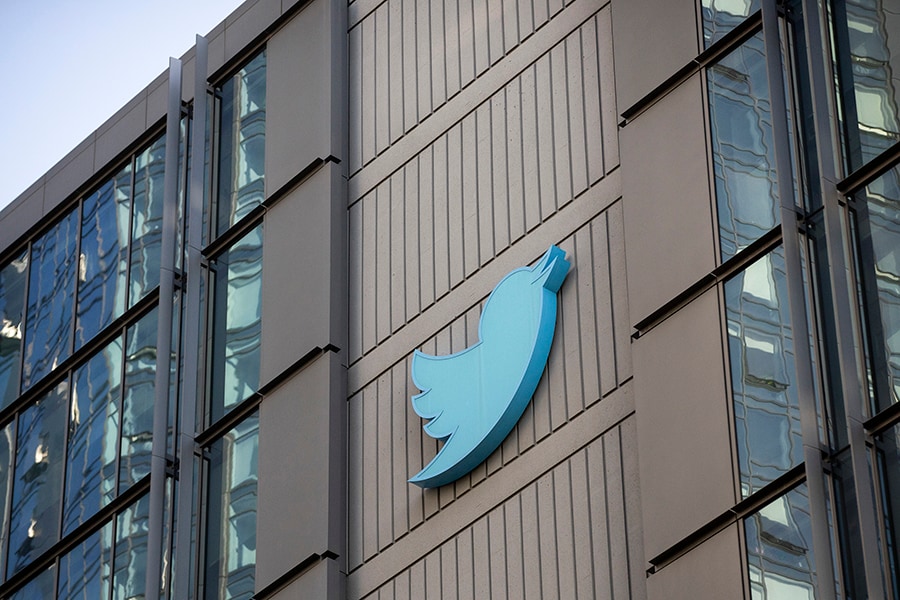
Twitter shakes off the cobwebs with new product plans
The company has signalled an itch for change, with plans for an audio chat service, a platform for newsletter writers, ephemeral content and new moderation tools that give people more control over their conversations.
 Outside Twitter's headquarters in San Francisco, Oct. 21, 2020. In recent months, the company has signaled an itch for change, with plans for an audio chat service, a platform for newsletter writers, ephemeral content and new moderation tools that give people more control over their conversations.
Outside Twitter's headquarters in San Francisco, Oct. 21, 2020. In recent months, the company has signaled an itch for change, with plans for an audio chat service, a platform for newsletter writers, ephemeral content and new moderation tools that give people more control over their conversations.
Image: Laura Morton/The New York Times
For years, Twitter remained pretty much the same. One of its most memorable product updates was in 2017 when it doubled the number of characters that could fit into a tweet.
But in recent months, the company has signaled an itch for change, with plans for an audio chat service, a platform for newsletter writers, ephemeral content and new moderation tools that give people more control over their conversations.
On Thursday, Twitter went a step further, announcing ambitious plans to expand with new options to pay for exclusive content from certain users, and to launch communities for specific interests.
“The notion of Twitter even changing feels like a novel concept,” said Kayvon Beykpour, Twitter’s head of consumer product, in a recent interview. “It’s still so far from achieving its potential, despite how much influence and value it does have in the world.”
The heart of Twitter, launched in 2006, is still tweets. But the company urgently wants to attract more users — a lot more users — and impress skeptical investors while not weighing down its service with bulky features that come across as afterthoughts.
©2019 New York Times News Service




